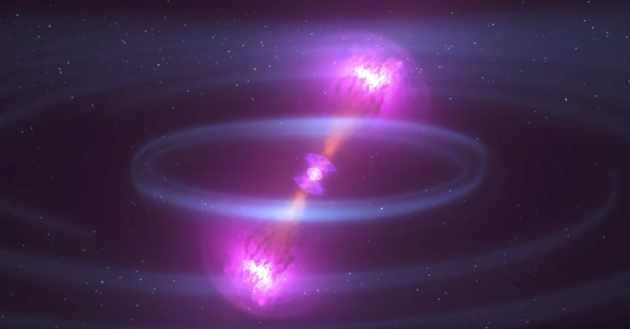[unable to retrieve full-text content]


[unable to retrieve full-text content]

It’s no secret that we love our smartphones and other electronic devices for staying connected.
Perhaps we love them too much.
According to one study on cellphone use by a mobile security company, 63% of women and 73% of men between the ages of 18 and 34 can’t go even one hour without checking their phones.
Missing out
And research published in the internet-based journal First Monday found that when college students took a break from social media, some were unable to find substitutes for the place it filled in their lives. Many had the feeling they were missing out on something when they weren’t connected.
A previous Health24 article asked the question if young children should even own cellphones.
But all this connectivity comes at a price. For starters, time spent on our devices may be time taken away from exercise. Like other sedentary behaviours, this can reduce your fitness level.
Research done at Harvard suggests that being available 24/7 for texts and emails may actually make you less productive at work and less satisfied with your personal life. Indeed, results from the latest American Psychological Association “Stress in America” survey found that 44% of people who check email, texts and social media either “often” or “constantly” said they feel disconnected from family, even when they’re together.
The need to unplug
And regularly using electronic devices (think cellphones, tablets, laptops) late at night has been linked to sleep disorders, stress and even depression symptoms. And your risk grows if you’re also a heavy cellphone user.
What’s the answer?
Unplugging – taking regular breaks away from your devices and putting limits on how available you are. The need to unplug is so strong there’s even a National Day of Unplugging, from sundown to sundown starting on the first Friday in March.
But you don’t have to wait until then. Try turning off your electronics an hour earlier at night and designate a few unplugged hours every weekend. It might be hard at first, but like any other habit, you’ll grow into it over time.
According to the American Psychological Association, these nuggets of quiet will help you relax, reflect and even be more creative.
Image credit: iStock
NEXT ON HEALTH24X

[unable to retrieve full-text content]

[unable to retrieve full-text content]

[unable to retrieve full-text content]

[unable to retrieve full-text content]

[unable to retrieve full-text content]

[unable to retrieve full-text content]

[unable to retrieve full-text content]

Scientists from NASA have witnessed a cosmic collision between two stars so powerful that it actually caused ripples in the fabric of the universe itself.
These ripples in spacetime are known as gravitational waves and were first theorised by Albert Einstein.

NASA
It is only in the last few years however that we have been able to prove that they exist and this is the very first time we’ve actually been able to see an event so powerful that it could create them.
The two objects were neutron stars, they are the crushed remains of a leftover star that has previously exploded in a supernova. So while only being just 12-miles wide they had a mass that was 60x that of our own Sun.
Both objects were pulled into each others gravity spinning around each other hundreds of times every second until they finally merged causing an explosion known as a kilonova.
It’s one of the universe’s most spectacular events and its power is so immense that not only were we able to see it from over 130 million light years away but we were able to actually detect the shockwaves through the fabric of spacetime itself.
What makes this discovery so important is the ability to both see and feel the shockwaves felt by the explosion.
“This is the one we’ve all been waiting for,” said David Reitze, executive director of the LIGO Laboratory at Caltech in Pasadena, California.
“Neutron star mergers produce a wide variety of light because the objects form a maelstrom of hot debris when they collide. Merging black holes ― the types of events LIGO and its European counterpart, Virgo, have previously seen ― very likely consume any matter around them long before they crash, so we don’t expect the same kind of light show.”
What’s even more impressive is that over a period of a little over a week you can actually see the explosion and then the light fade.
Remarkably scientists were able to detect the shockwave first, and then direct the world’s various telescopes to the exact location in the night sky where the explosion had originated from.
Hubble was then able to start capturing the visible light, clearly revealing the intensity of the explosion itself.
In addition to learning more about gravitational waves the scientists have also learned a great deal about a kilonova explosion. In fact it’s believed that neutron stars colliding is the universe’s dominant source for creating some of the heaviest elements including platinum and gold.
So next time you look down at a piece of jewellery remember that gold is probably created from one of the universe’s most powerful explosive events.
